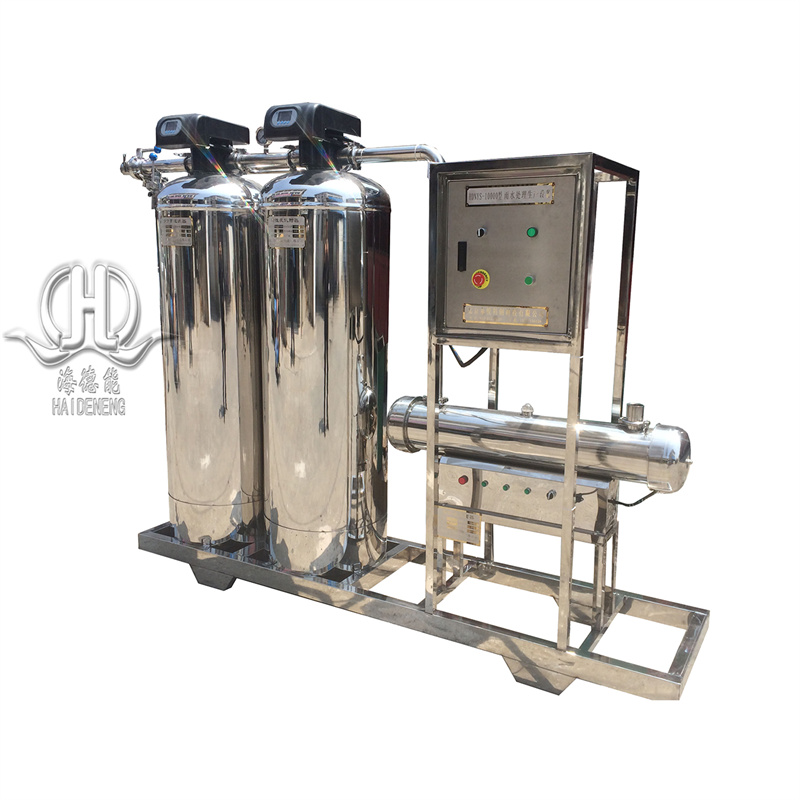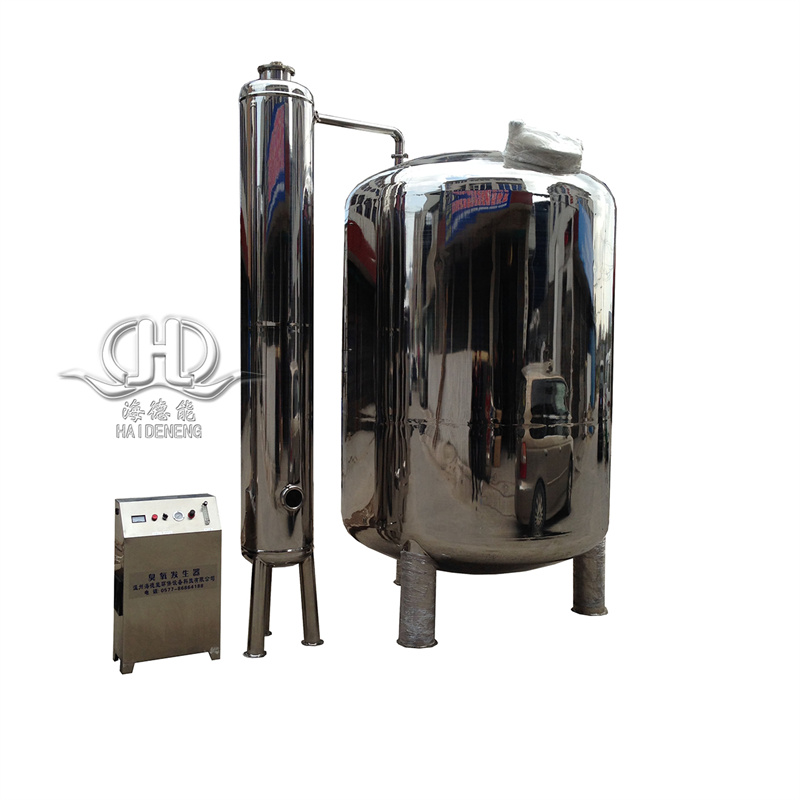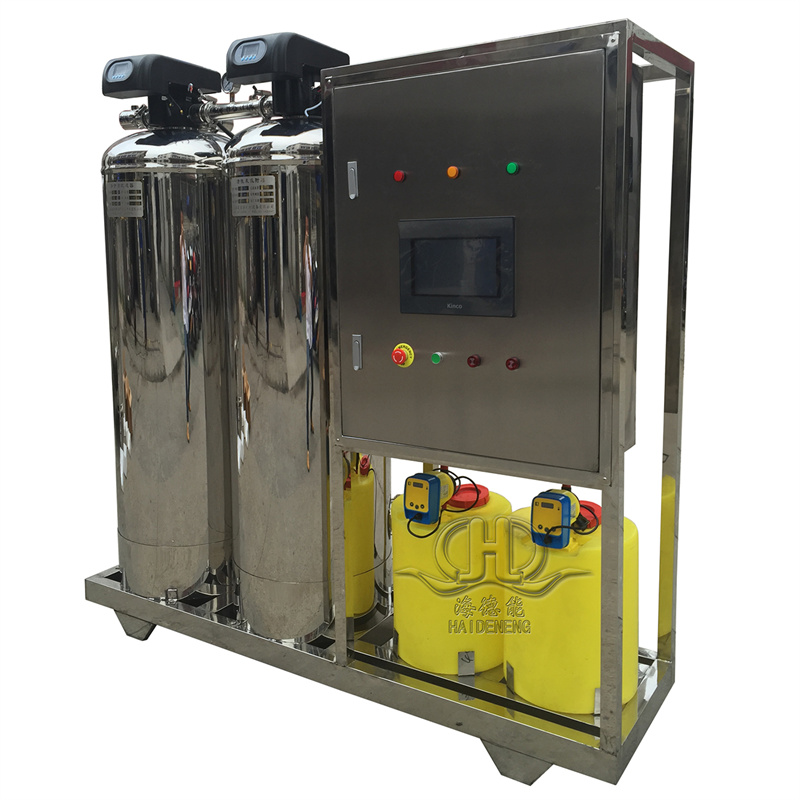Fully Automatic Purified Water Filtration Included Softening Precision Filtration Reverse Osmosis Water Treatment Equipment
Product description
Introduction to Water Treatment Systems
A water treatment system is a structured process designed to remove contaminants, impurities, and harmful substances from water, making it safe for specific uses such as drinking, industrial processes, or environmental discharge. Below is a concise overview:
1. Key Components of a Water Treatment System
- Intake/Pre-Treatment:
Removes large debris (e.g., leaves, sediment) using screens or sedimentation tanks. - Primary Treatment:
Utilizes physical processes like coagulation, flocculation, and clarification to separate suspended solids. - Secondary Treatment:
Employs biological methods (e.g., activated sludge, biofilters) to break down organic matter and dissolved pollutants. - Tertiary/Advanced Treatment:
Uses advanced technologies (e.g., membrane filtration, reverse osmosis, UV disinfection) to eliminate remaining contaminants, pathogens, or chemicals. - Disinfection:
Ensures microbial safety through chlorination, ozone, or ultraviolet (UV) light. - Distribution/Discharge:
Delivers treated water to end-users or releases it into natural water bodies.
2. Common Applications
- Municipal Water Supply: Provides safe drinking water for communities.
- Industrial Use: Treats wastewater from manufacturing, pharmaceuticals, or power plants.
- Agricultural Irrigation: Removes salts and contaminants for crop safety.
- Desalination: Converts seawater into freshwater via reverse osmosis or distillation.
3. Advantages
- Protects public health by eliminating pathogens (e.g., bacteria, viruses).
- Reduces environmental pollution through effective wastewater management.
- Supports sustainable water reuse and resource conservation.
4. Challenges
- High energy consumption in advanced treatment processes.
- Maintenance costs for complex systems (e.g., membrane replacements).
- Emerging contaminants (e.g., microplastics, pharmaceuticals) require continuous innovation.
For detailed technical specifications or system designs, consulting specialized literature or industry standards (e.g., WHO guidelines, EPA regulations) is recommended.
Write your message here and send it to us













